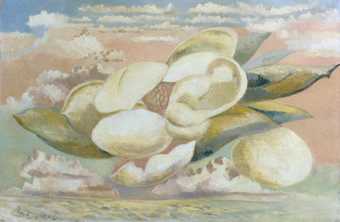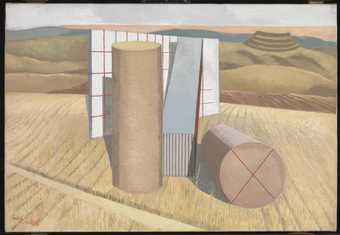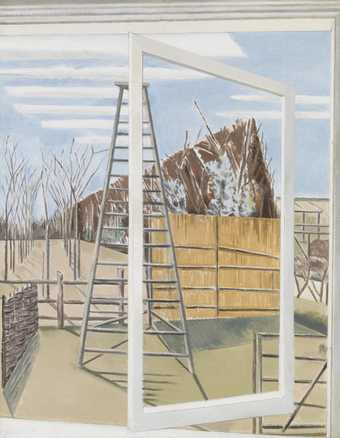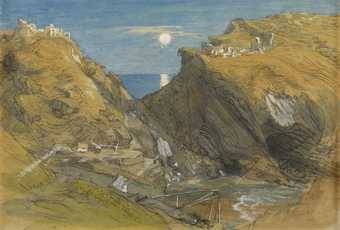Paul Nash (1889–1946) is one of the most important artists of the first half of the twentieth century and the most evocative landscape painter of his generation. He is best known for his work as an official war artist, producing some of the most memorable images of both the First and Second World Wars.
Nash was also a pioneer of modernism in Britain, promoting the avant-garde European styles of abstraction and Surrealism in the 1920s and 1930s. In 1933 he co-founded the influential modern art movement Unit One with fellow artists Henry Moore and Barbara Hepworth, and the critic Herbert Read. It was a short-lived but important move towards the revitalisation of English art in the inter-war period.
Nash, however, found his personal inspiration in the English landscape and he saw himself in the tradition of English mystical painters William Blake and Samuel Palmer. He was particularly drawn to landscapes with a sense of ancient history: grassy burial mounds, Iron Age hill forts and the standing stones at Avebury and Stonehenge. For him these sites had a talismanic quality which he called genius loci, or 'the spirit of a place', and he painted them repeatedly.
This exhibition examines Nash's approach to landscape painting throughout his career. It explores the quality of 'Englishness' in his work and attempt to combine his commitment to modernism with a visionary approach to nature and landscape.








